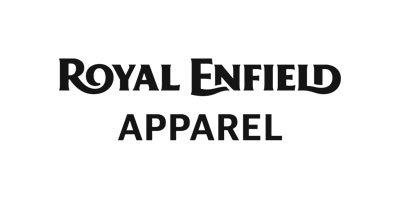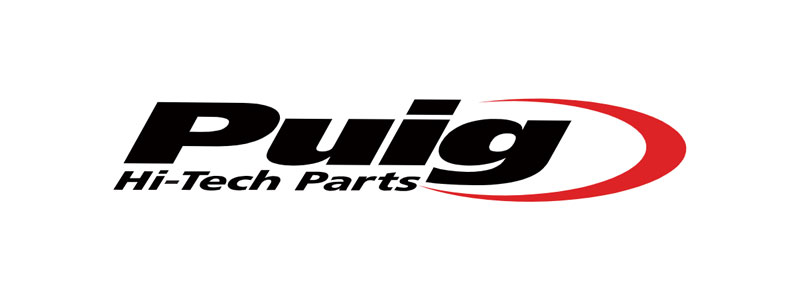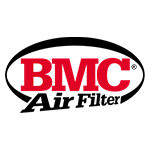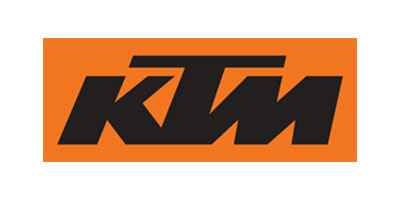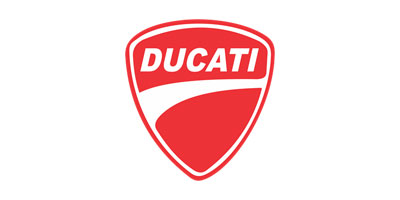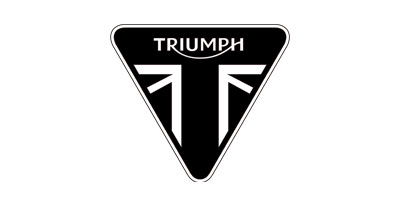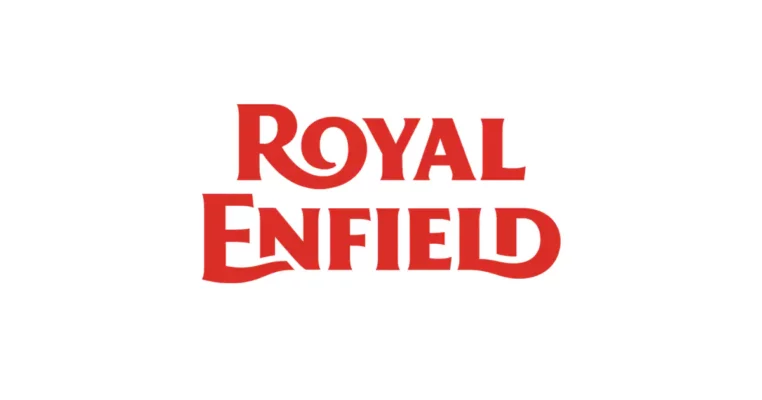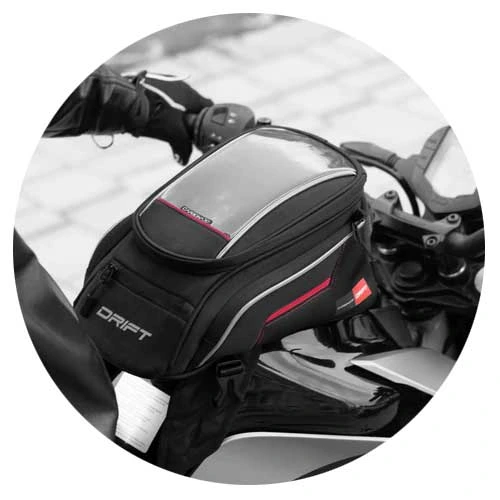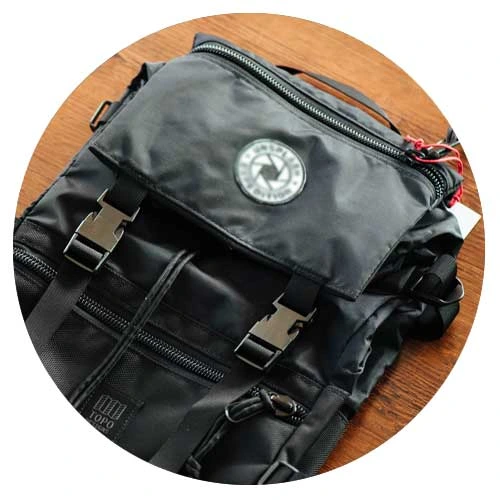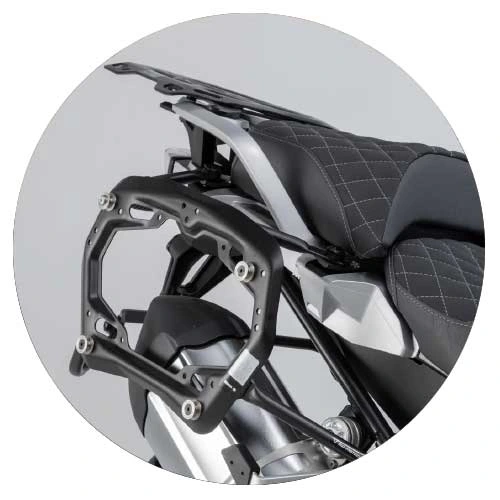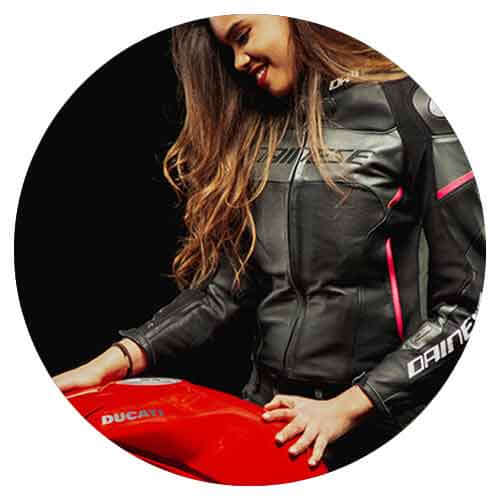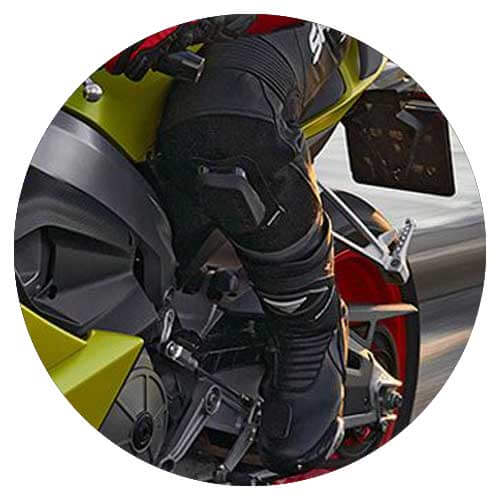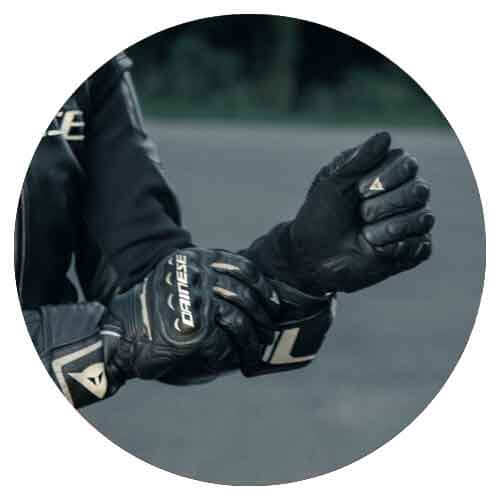Running Rich vs Running Lean. Fuel Management Explained

If you’ve ever read a motorcycle manual or a service manual, you’ve probably come across the terms, running ‘rich’ or ‘lean’ when you reach the fuel management section. These are two terms used to describe the fuel-to-air ratio in an internal combustion engine. In this article on CE Garage we will delve into the details of fuel management in internal combustion engines, explain the differences between running rich and running lean conditions, and explore the effects of running rich and lean on engine performance, fuel economy, and emissions.
How does it all work?

Firstly, it is important to understand how fuel management works in an internal combustion engine. Fuel management in an internal combustion engine involves regulating the amount of fuel and air that enters the engine to achieve the ideal fuel-to-air ratio for optimal engine performance. This is typically done through the use of a fuel injection system on modern motorcycles, which supplies a consistent amount of fuel to the engine based on various engine parameters such as throttle position, engine speed, and temperature which is computed by the ECU. Older motorcycles use traditional carburetors that need to be set right depending on the environment.
The fuel injection system or carburettors also adjust the amount of air entering the engine accordingly to maintain a stoichiometric (ideal) fuel-to air ratio. However, in some situations, the fuel-to-air ratio may deviate from the stoichiometric ratio due to various factors such as engine wear and changes in operating conditions. This deviation can result in either a running rich or running lean condition.
So, What Exactly is Running Rich and Running Lean?

In a running rich condition, the fuel-to-air ratio is higher than the stoichiometric ratio, which means that there is excess fuel in the engine relative to the amount of air entering it, leading to incomplete combustion and increased emissions. This excess fuel can also result in decreased fuel economy as well as fouling of spark plugs and catalytic converters due to the buildup of deposits and produces excess emissions, including unburned hydrocarbons (HC), carbon monoxide (CO), (NOx) and particulate matter (PM), which essentially means an accelerated amounts of corrosion in the internal system.
On the other hand, running lean means there is excess air relative to the amount of fuel in the engine. This can result in higher combustion temperatures and potentially cause damage to the engine components, including the exhaust valves. This is since, in theory, when fuel is sprayed into the engine, it produces a cooling effect on the internal surfaces of the combustion chamber. This inturn protects the piston and spark plug from getting damaged.
How can you detect if your motorcycle is running ideally?
It’s pretty simple and straightforward to know if your motorcycle is running efficiently. Based on a few observations you can diagnose this issue.
If your motorcycle is running lean,
- You’ll have huge difficulty starting your bike on a regular morning.
- Your engine runs better without knocking only after its up to temperature
- Your engine will feel abnormally warm even after short rides.
- Your spark plug will look grayish- white.
If your motorcycle is running rich.
- Your motorcycle’s exhaust will always smell like fuel.
- Your spark plug will look black or glossy black if it’s very rich.
- Your mileage will drop drastically.
- Your bike will start easily but will slowly start to knock once it’s warmed up.
- Your initial engine pick up will be absent and will often knock.
How Can You Resolve This Issue?

If you have a carburetor fueled engine, rectifying this issue is relatively straight forward. Your first step would be to ensure your air filter and spark plug are clean. You’d then proceed to your carburetor where you would need to locate the Air-Fuel mix screw (Not to be confused with the idling screw). It’s located in different places depending on your model, however, it’s generally located just above the float chamber. You’d need to turn it clockwise completely and find the completely close position. Then turn it 1 and a half turns anticlockwise and start the motorcycle. Then based on the sound of the engine, fine tune the ratio. It’s important to note that this needs to be done when the engine is warm to the touch.
If you have a fuel injected motorcycle, then this is a little complicated. You’d need to connect your bike to an OBD2 port or a diagnostic tool to locate where the fault is. It could possibly be a faulty sensor like the O2 sensor. Once your motorcycle is hooked up to the system, it’s relatively easy to tune in contrast to the carburetor engine where you solely depend on your ears to know the optimum point.
Disclaimer: The views & opinions put forward in this blog are purely from a personal perspective of the author & do not represent the opinions of any entity whatsoever.




